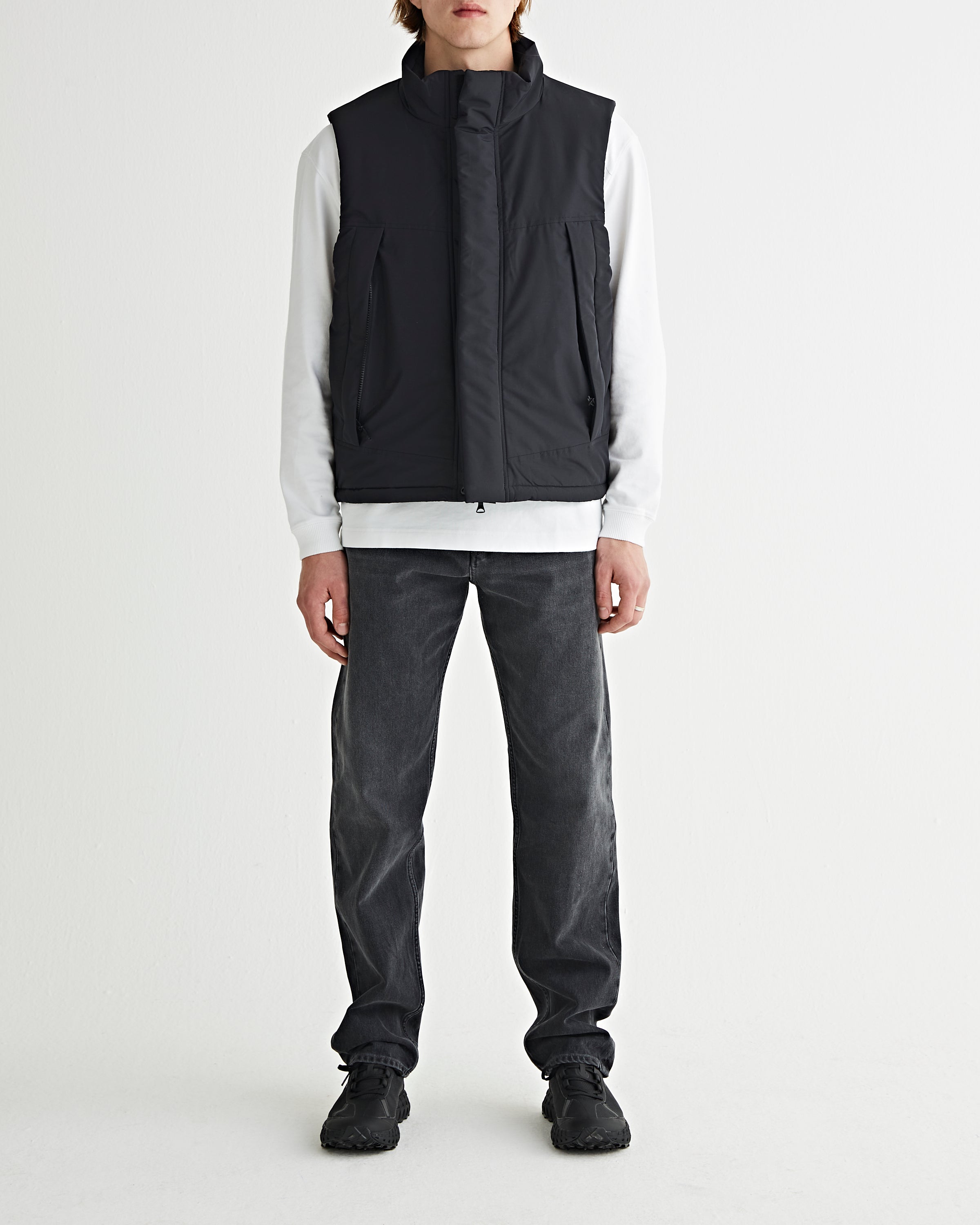Mon, Nov 21, 22
We are incredibly thrilled to announce we have added two of Korea's most exciting workwear brands to our roster; FrizmWORKS and Uniform Bridge. Both brands are trailblazers in their field and have a unique approach to redesigning old military garments into contemporary workwear pieces. Over the past two decades, especially in more recent years, Hallyu, the South-Korean wave, has taken the world by storm. Seoul has become the new kid on the block in the fashion world, and Seoul Fashion Week has become one of the most promising and forward-thinking fashion events. Never mind Tokyo, Paris or New York, Seoul is now the place for innovation. It doesn't just stop at fashion; Korean movies, music, food, you name it, have become extremely popular - and for a good reason. In this blog, though, we will only be able to focus on what makes Korean fashion so unique and exciting. But to understand that, we must look at South Korea's recent history.

Vogue Korea magazine cover c. 1910-1945 Courtesy of Vogue Korea
Korea has had a tumultuous history over the past decade, to say the least. We won't be able to go into much detail in this blog, but we will touch upon the events that greatly influenced Korea's fashion scene, starting with the annexation of Korea by Japan in 1910. Before the occupation, Koreans primarily dressed in a traditional outfit called a Hanbok - consisting of a wide and colourful jacket and either a skirt or trousers. During the occupation, all traditional Korean culture, including the Hanbok, was forbidden, and Koreans were forced to adapt to the modernising world, including the dress code. The fashion back then was very similar to that of the roaring 20s in the US; people dressed in finely tailored suits and elegant gowns and dresses. This refined style soon had to make way for a more military attire, as Japan had become increasingly militaristic as part of its wartime efforts. This style of dress would remain until even after the Korean War. The reason for this was that after WW2 and the Korean War, the country was in great economic despair. At the time, people had to make do with what was readily available. Despite these hardships, the following decades would be formative for Korea's modern fashion scene.

Post-Korean War Kids Army Clothing via University of Seoul Museum
During the 50s, despite Korea's harsh economic conditions, fashion designers started to emerge who would start making a name for themselves, most notably; Nora Noh. She put together Korea's first-ever fashion show all by herself, earning her the status of the godmother of Korean fashion. The country's interest in fashion grew even stronger in the following decades as the economy started to grow and, concurrently, Korea's middle class. The economic boom in the 70s, mostly thanks to the textile and apparel industry, enabled a large part of Koreans to buy consumer goods and, with that, fashionable garments. The fashion trends of the 70s, 80s and 90s were heavily influenced by the West and were also very similar. Brands like New Balance, Vans and multiple other household names became extremely popular and desired in Korea, with people now dressing more boldly. The 90s was the height of fashionable expression thanks to the arrival of boy bands that dictated trends and sent youths into spending frenzies. The it-band of the time was Seo Taiji and The Boys. Their hip-hop-influenced style pathed the way for the youth to express themselves through Korean street fashion. This street style, now much broader, remains one of Korean fashion's most defining elements.

Seo Taiji & The Boys
As you might have gathered, Korea has experienced a rapid succession of societal changes that resulted in different styles, influences and cultures in a very short time. This quick succession has resulted in a hybrid melting pot. For example, people born in the 60s have experienced so many different styles and cultures first-hand from which they can draw inspiration. This experience, combined with the country's traditional know-how and expertise in the textile industry, has led to a unique style that has turned Korean fashion into a leader of trends, not a follower. You can see how FrizmWORKS and Uniform Bridge, our two new workwear inspired brands, are influenced by the military wear that found its way into people's wardrobes during the 50s and 60s. Yet, unlike many other brands, the two don't simply replicate these garments; they elevate them with more loose silhouettes and contemporary designs that could possibly be inspired by the Korean street fashion of the 90s, or maybe even the Hanbok. The garments ring true to the classic military style but often have a more technical approach and a more relaxed silhouette. The aforementioned is just one of the millions of examples of how, and why, Korea can flip the script on fashion in their distinctive style - and what makes it such an exciting scene.
We can't wait to see what the rise of Korean fashion will bring us in the decades to come. We, for one, will keep a close eye, and we're pretty sure we won't be the only ones. More exciting trends and brands are sure to follow. In the meantime, you can leisurely browse FrizmWORKS and Uniform Bridge by clicking on the links.

FrizmWORKS M65 Fishtail Parka Olive
